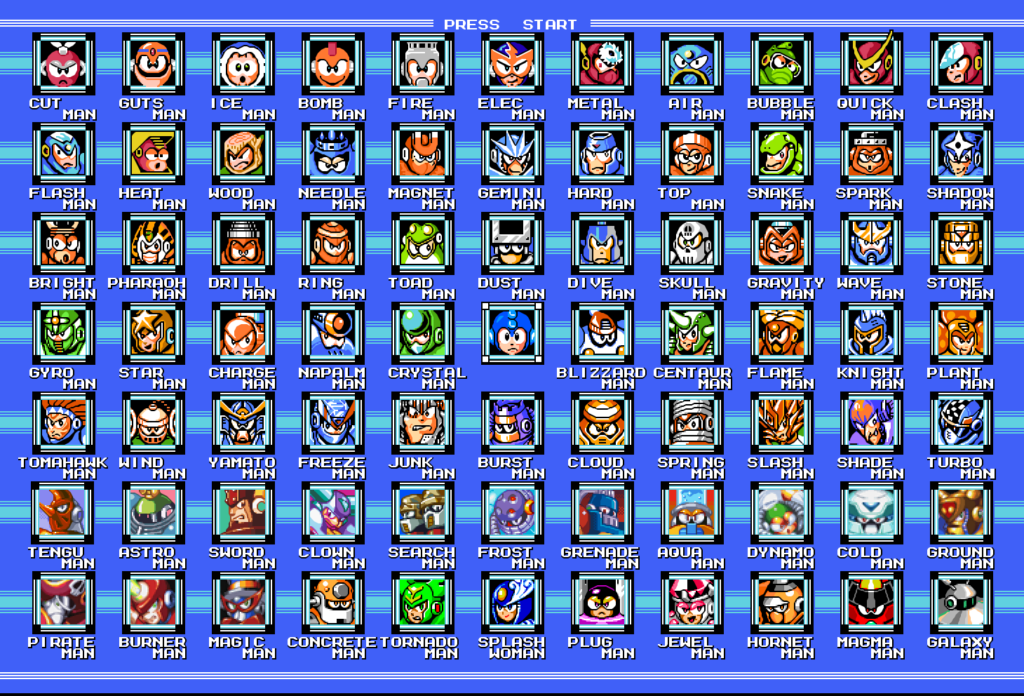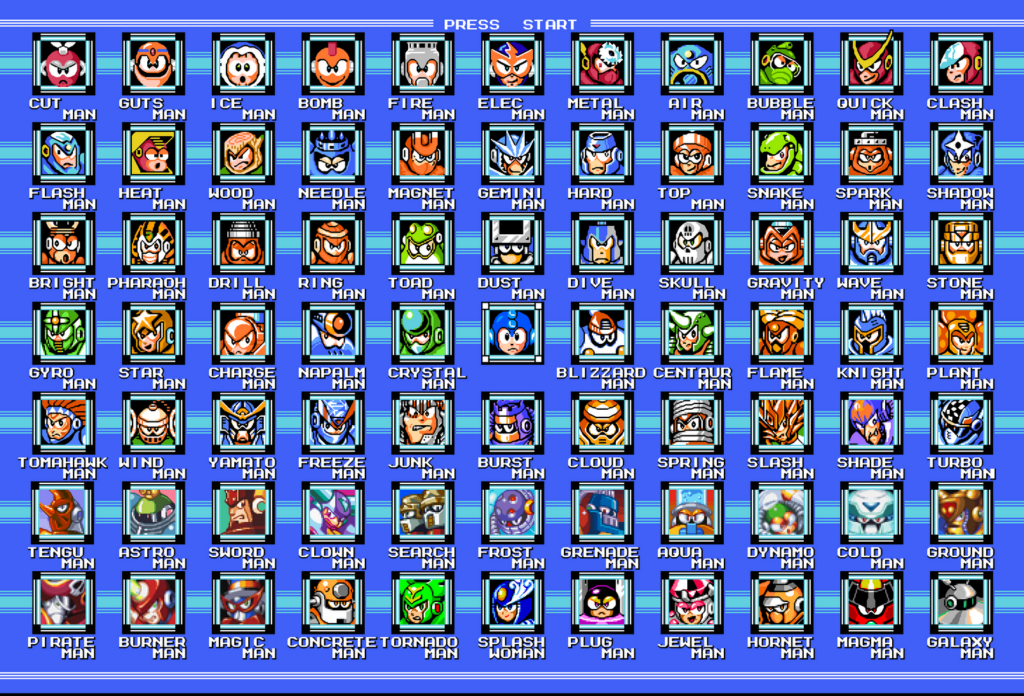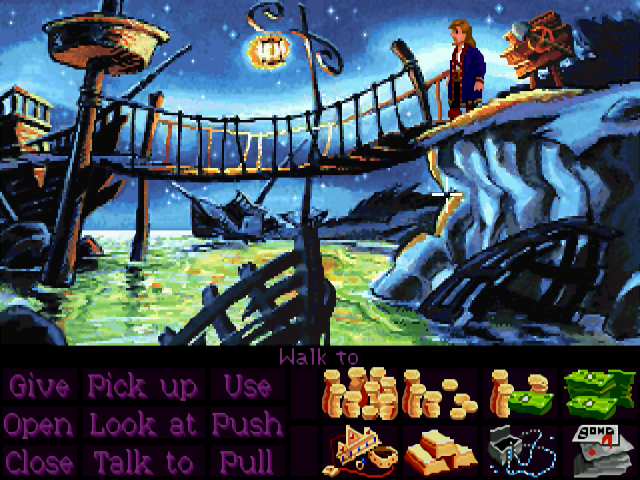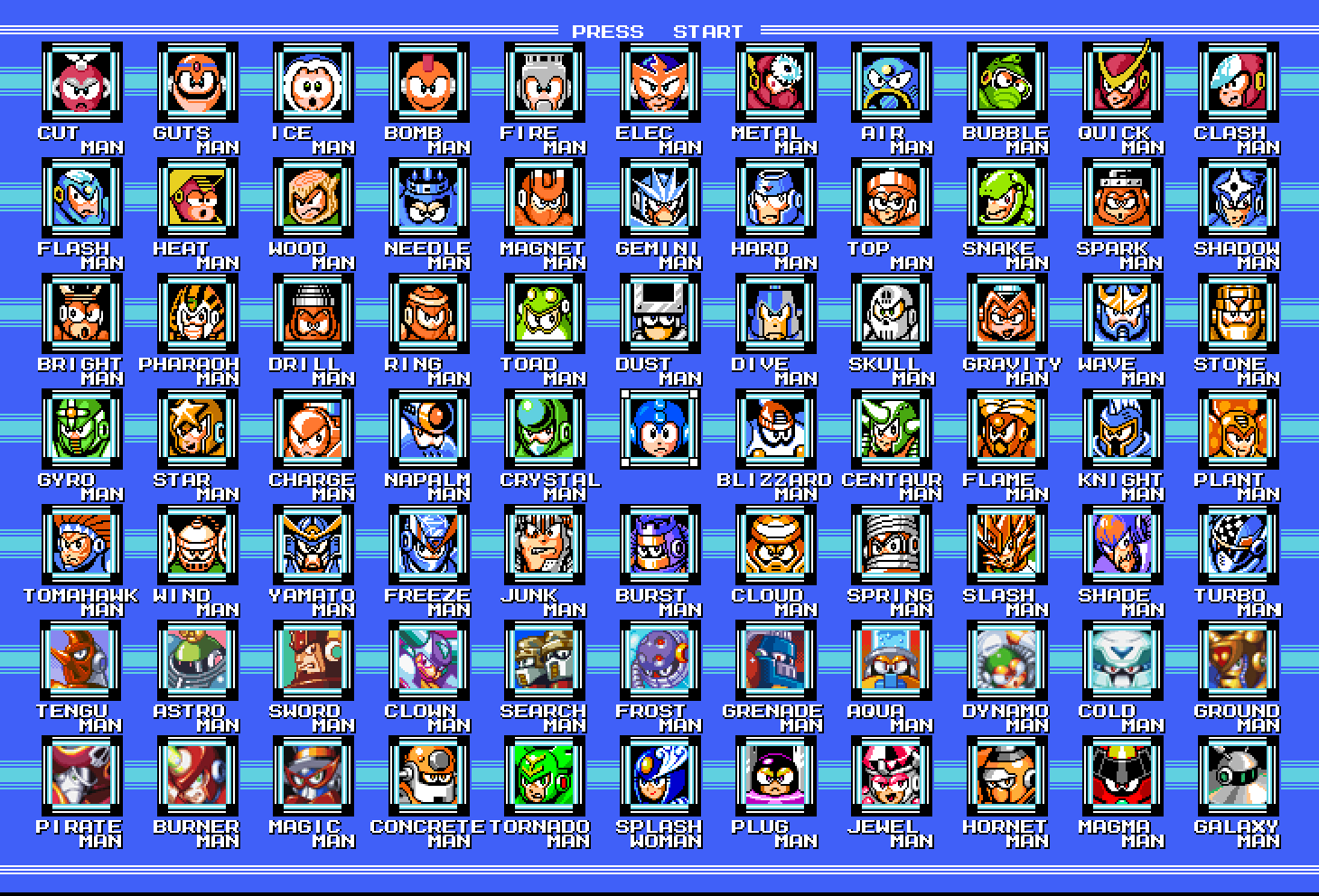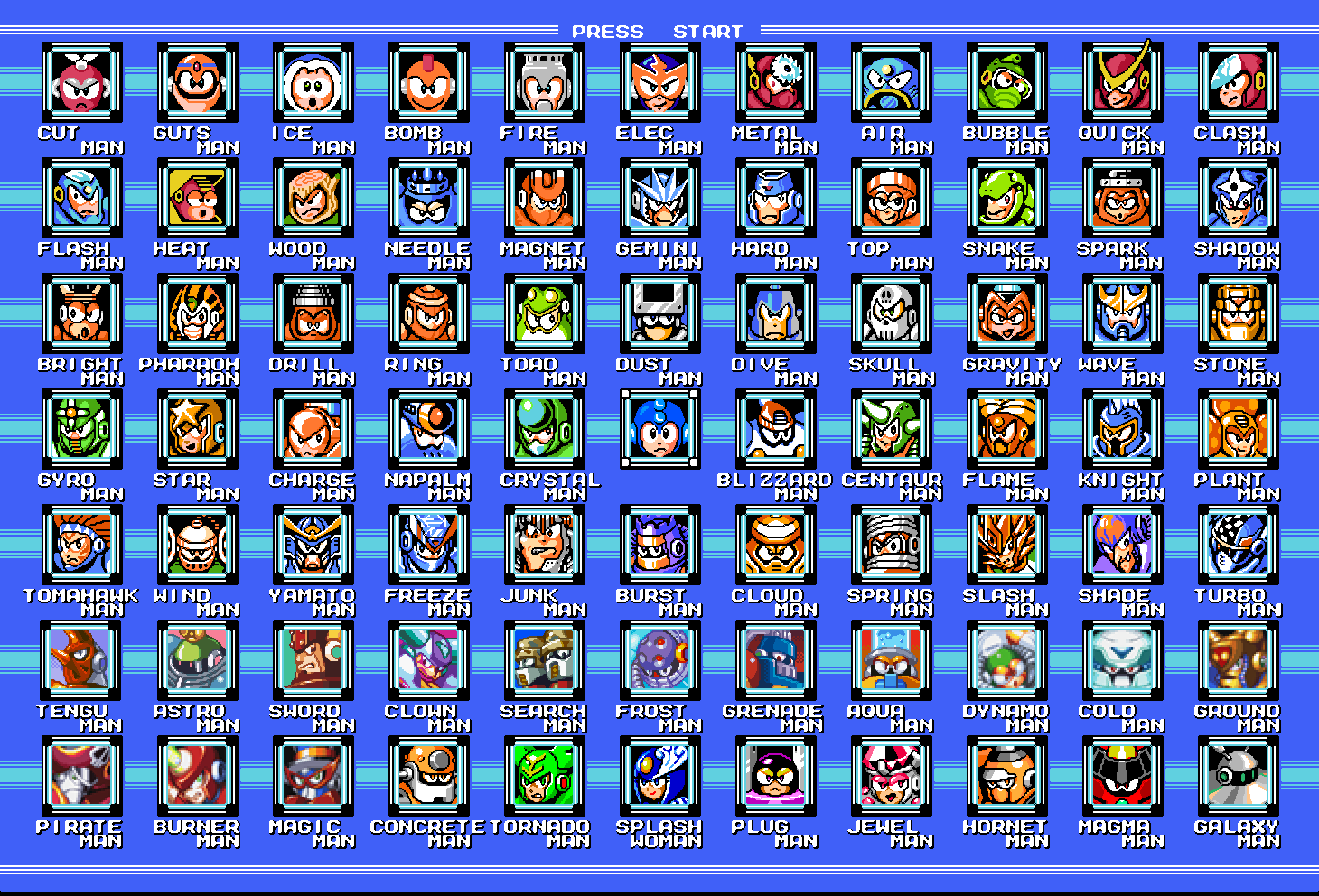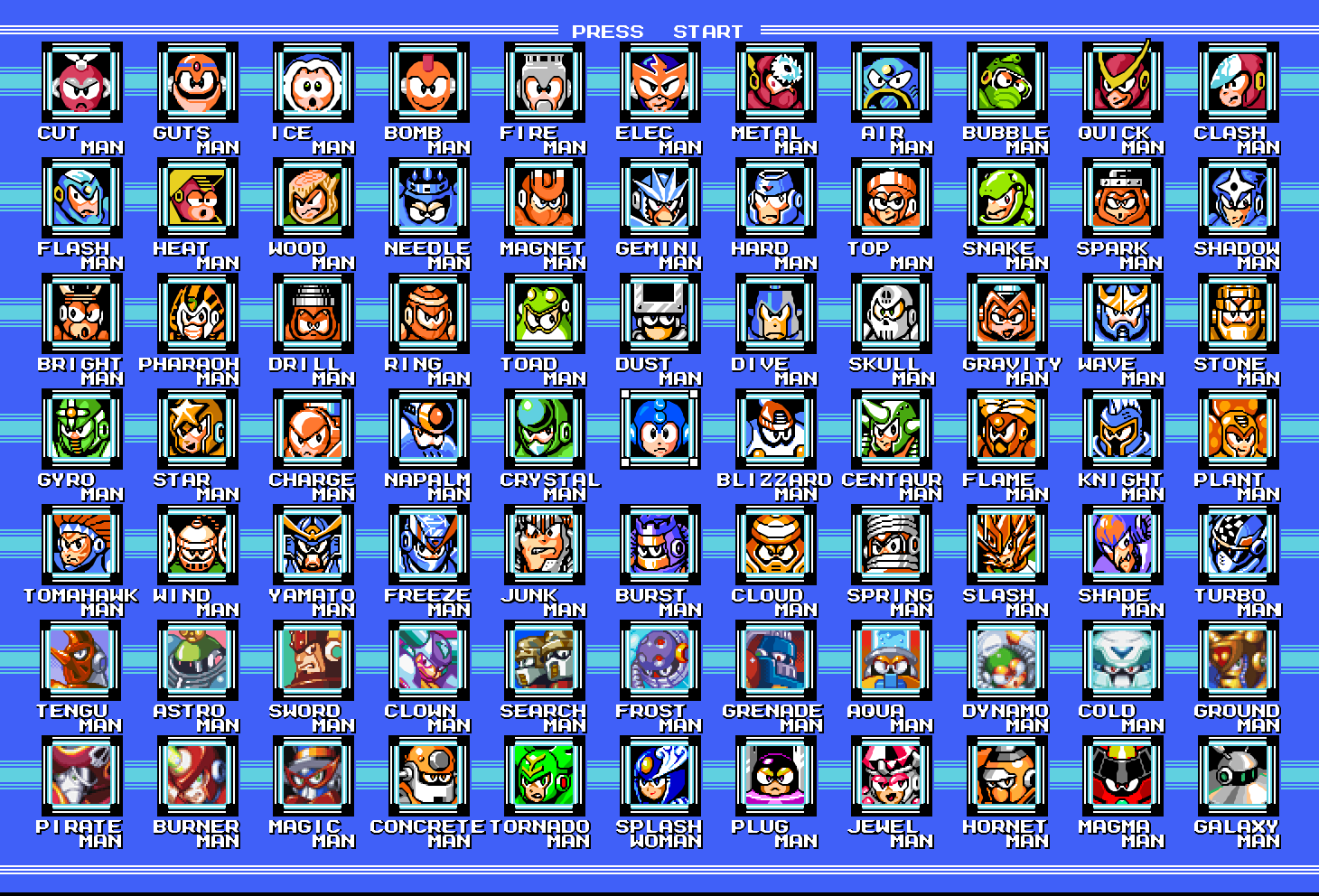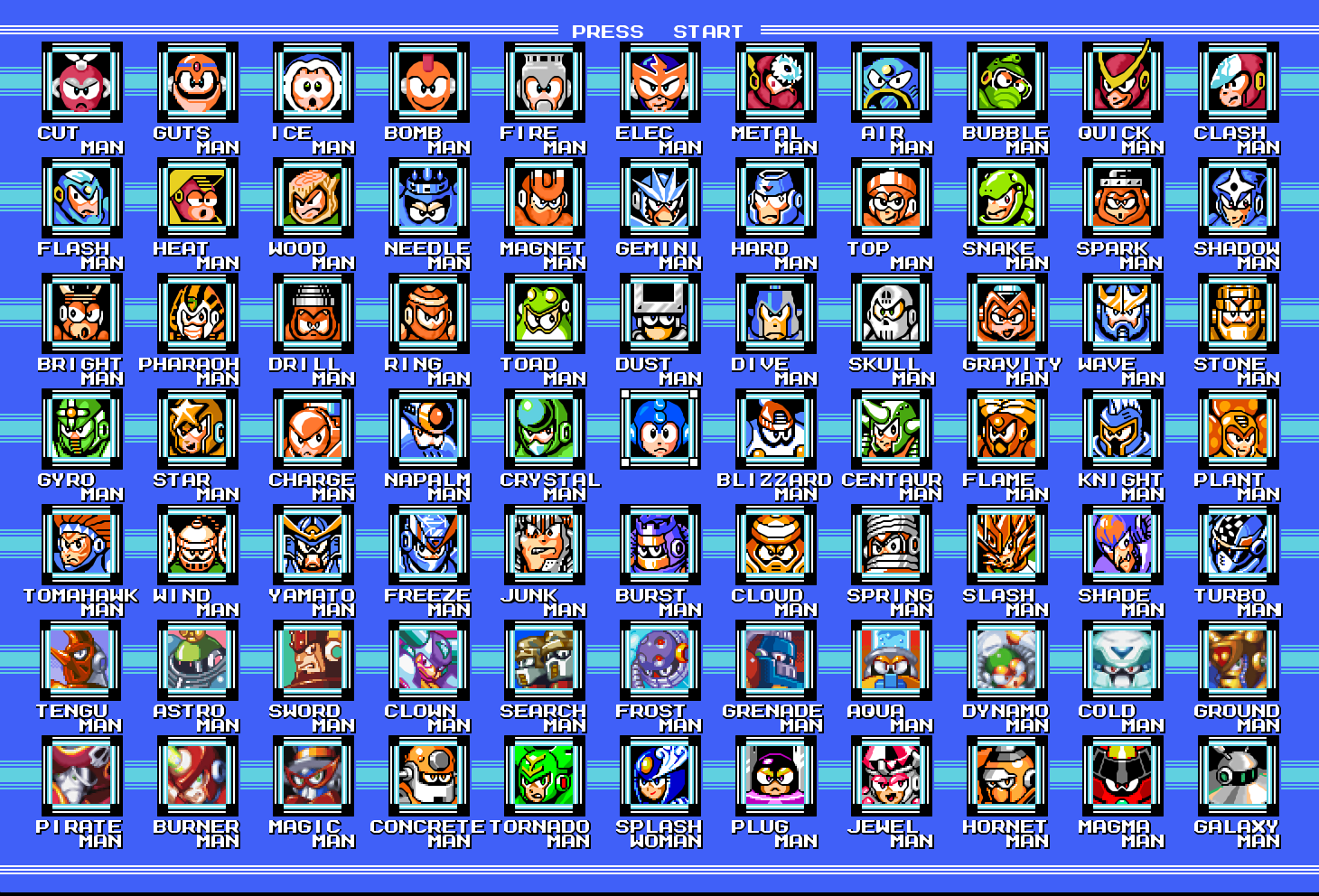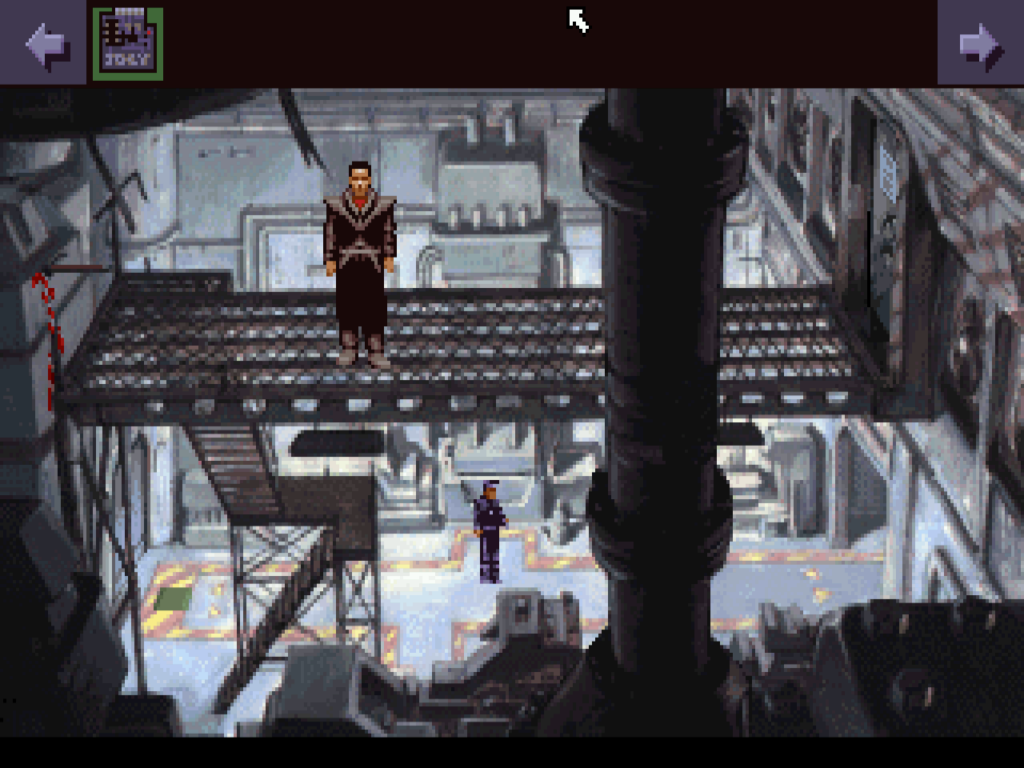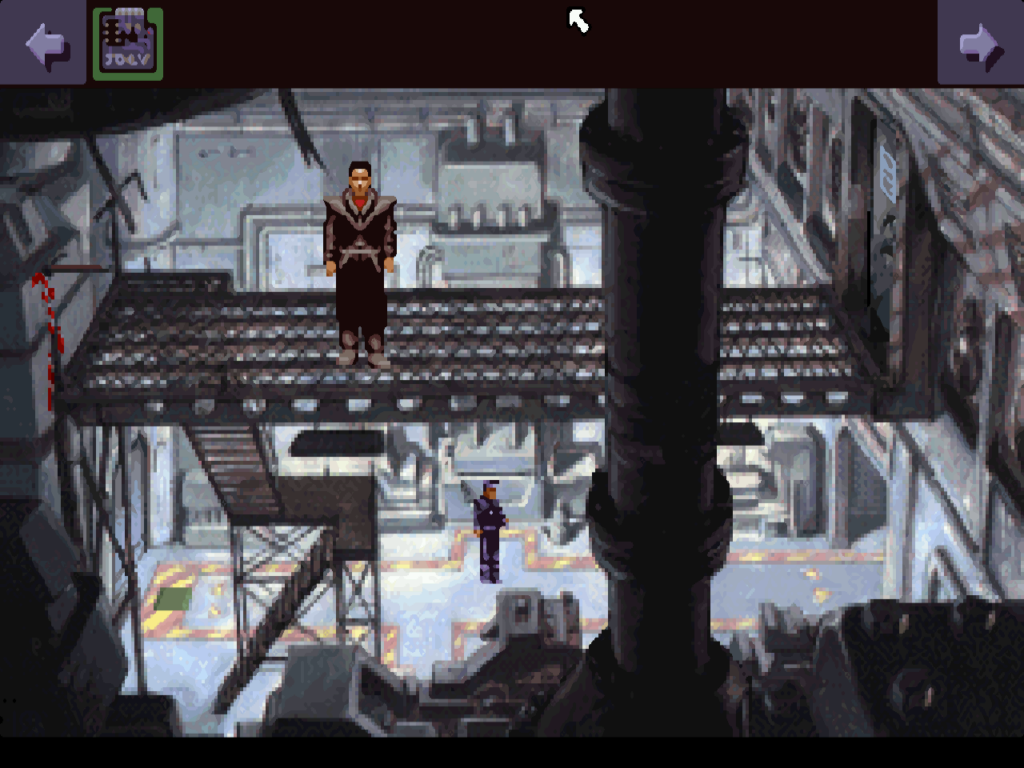The XmlShader specification allows for multiple fragment shaders, the output of one being piped into the input of the next. Unfortunately, the existing XML parser has difficulty with dynamic xml structures (or I had no idea how to read a variable structure). So I wrote a new XML parser. It parses arbitrary XML structures and produces an easy-to-use tree.
Then I altered my existing OpenGL backend modifications to allow multi-pass rendering. This requires the framebuffer object extension, which is widely supported, but it may not be supported. I will have to add some compatibility options later.
In the meantime, almost all of the shaders in the bsnes repository work (https://gitorious.org/bsnes/xml-shaders). Some of them are quite interesting. They scale to arbitrary sizes, although some look better at certain resolutions (scale2x, 5xBr, etc.). Ctrl Alt 9 and 0 switch shaders.
Right now, I am in the middle of nowhere. I’ll be back home next week, but until then I will have very limited connectivity. Feel free to send me an email or leave a comment, and I’ll read and reply when I get a chance.
